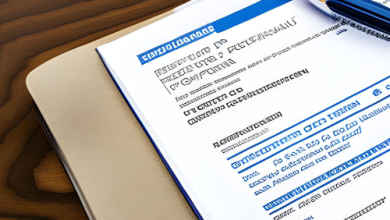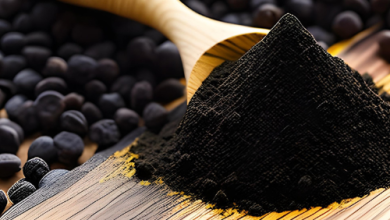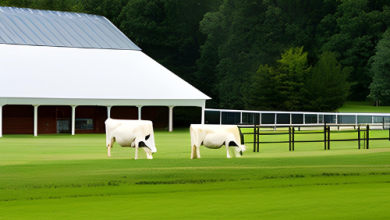Know how ethanol is made before it is used in aircraft
A strategy to boost the usage of ethanol fuel is currently being developed by the Uttar Pradesh government. The administration is now working on a plan that would assist farmers twice. Additionally, the gasoline made from their crops will now be used by cars and airplanes worldwide. Please explain what ethanol fuel is and how it is made. Crops that are often utilized to produce ethanol fuel include corn, sugarcane, wheat, barley, and cassava. Starches found in corn, wheat, and sugarcane can be fermented into fermentable sugars, while sucrose found in sugarcane can be fermented directly. Starch concentration in barley and cassava is also ideal for ethanol generation.
Selection and Preparation of Feedstock
The right feedstock must be chosen as the initial stage in the production of ethanol fuel. As was already noted, typical feedstocks include of maize, sugarcane, wheat, and barley. After that, the chosen feedstock is transformed into a fermentation-ready state. To increase surface area and facilitate the conversion of starch into sugars, grains like maize are crushed into a fine powder. To get the juice from sugarcane, which already contains sugars, the stalks are crushed.
For lignocellulosic feedstocks, pretreatment
When using lignocellulosic feedstocks like wood, agricultural waste, or hay, extra pre-treatment is necessary. By dissolving the intricate structure of cellulose, hemicellulose, and lignin, sugars may now be made available for fermentation. Steam explosion, acid hydrolysis, or enzymatic digestion are examples of pre-treatment techniques.
Purification
The subsequent stage for feedstocks that include starch (such as maize, wheat, and barley) is purification. In this method, water and ground grains are cooked together to create a mash. Alpha- and beta-amylase and other enzymes are often added to the mash to break down the starch into simpler carbohydrates like glucose.
Fermentation
The sugar-containing mash is subsequently sent to fermentation tanks. To these jars, yeast or other microbes are introduced. In a process known as fermentation, yeast is in charge of turning carbohydrates into ethanol and carbon dioxide. The yeast eats the sugars throughout the fermentation process, which typically lasts a few days, and creates ethanol and carbon dioxide as byproducts.
Distillation
After fermentation, the combination that is commonly known as beer has an ethanol content that is normally between 5 and 15%. Beer must be distilled in order to raise ethanol content. As the beer is heated in a still during distillation, the ethanol evaporates because it has a lower boiling point than water and does so at a lower temperature. The residual water, particles, and contaminants are then removed before the evaporated ethanol is collected, condensed back into liquid form, and purified. To create a highly concentrated ethanol solution, generally 95–96% by volume, this procedure is done numerous times.
Dehydration
The largest concentration of ethanol that may be produced by distillation is 96%. Dehydrating ethanol produces fuel-grade ethanol with high purity levels. The process known as a molecular sieve involves passing ethanol through a layer of unique zeolite crystals that selectively absorb water molecules, leaving behind almost anhydrous (less than 1% water) ethanol.
(For industrial ethanol) Denaturation
When used for industrial purposes, ethanol is often denatured to render it unfit for human consumption and free from taxes on alcoholic beverages. Gasoline and other poisonous or unpleasant-smelling substances are typical denaturing agents.
Additives and Refining for Fuel Ethanol
To achieve fuel standards, ethanol used as a transportation fuel may go through further refinement procedures. To enhance the functionality and storage stability of ethanol, additives like corrosion inhibitors and stabilizers may be included with it.
Blending
Ethanol is blended with gasoline in different ratios to create ethanol fuel mixes. E10 (10% ethanol, 90% gasoline) and E85 (85% ethanol, 15% gasoline) are the two most popular mixes. Both traditional gasoline engines and flexible fuel vehicles (FFVs) utilize these mixtures.
Use and distribution
Fuel stations may start selling ethanol when it has been manufactured, denatured (if required), and blended with gasoline. Many nations employ ethanol fuel as an environmentally beneficial substitute for fossil fuels to lower greenhouse gas emissions and reliance on non-renewable resources.
Choosing and preparing the right feedstock, fermenting the sugars into ethanol, distilling and dehydrating the ethanol, and, if required, decomposing and blending it with gasoline before distribution and cleaning are the last steps in the production of ethanol fuel. Additionally, it may be used as a renewable fuel source.







